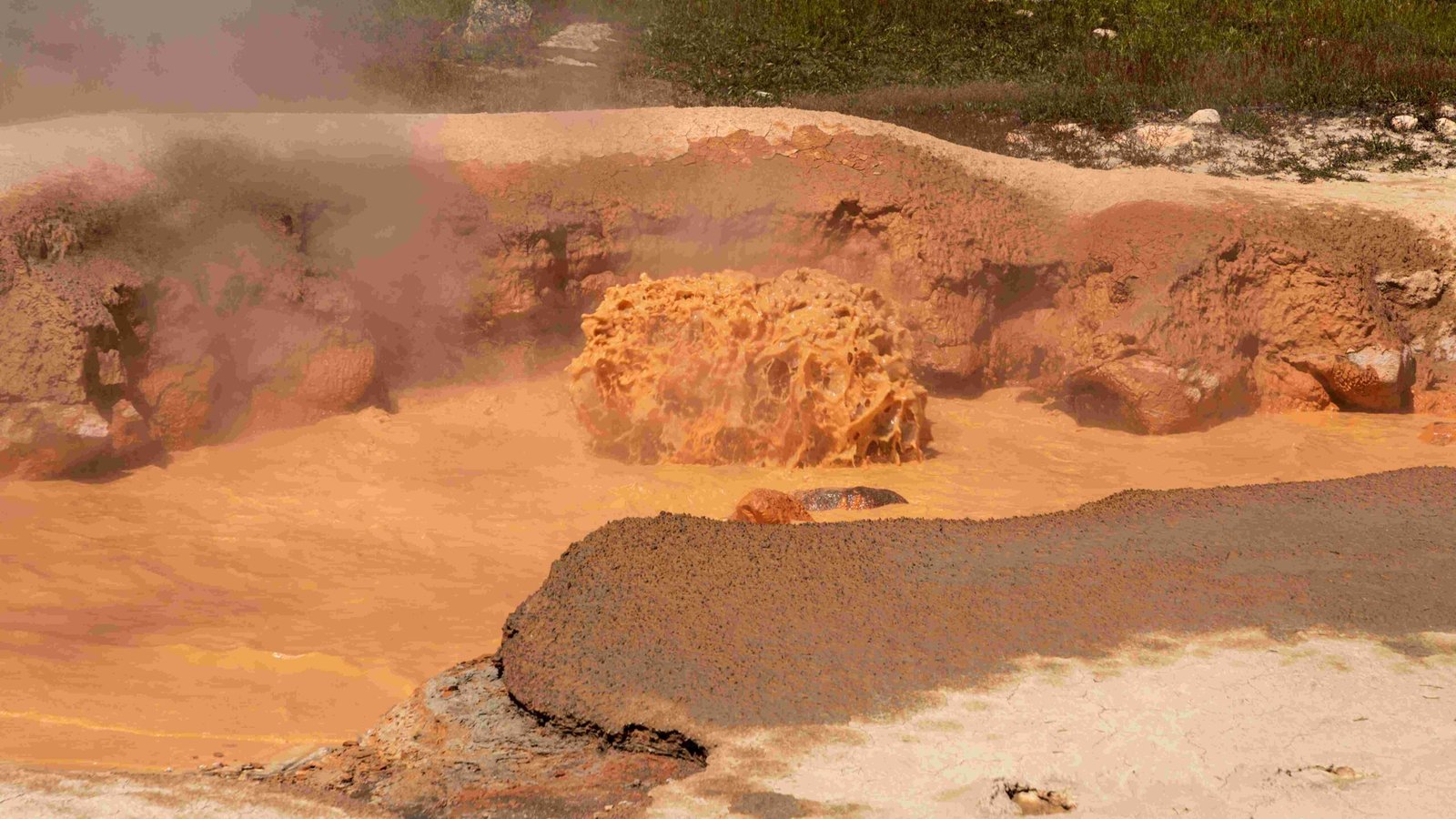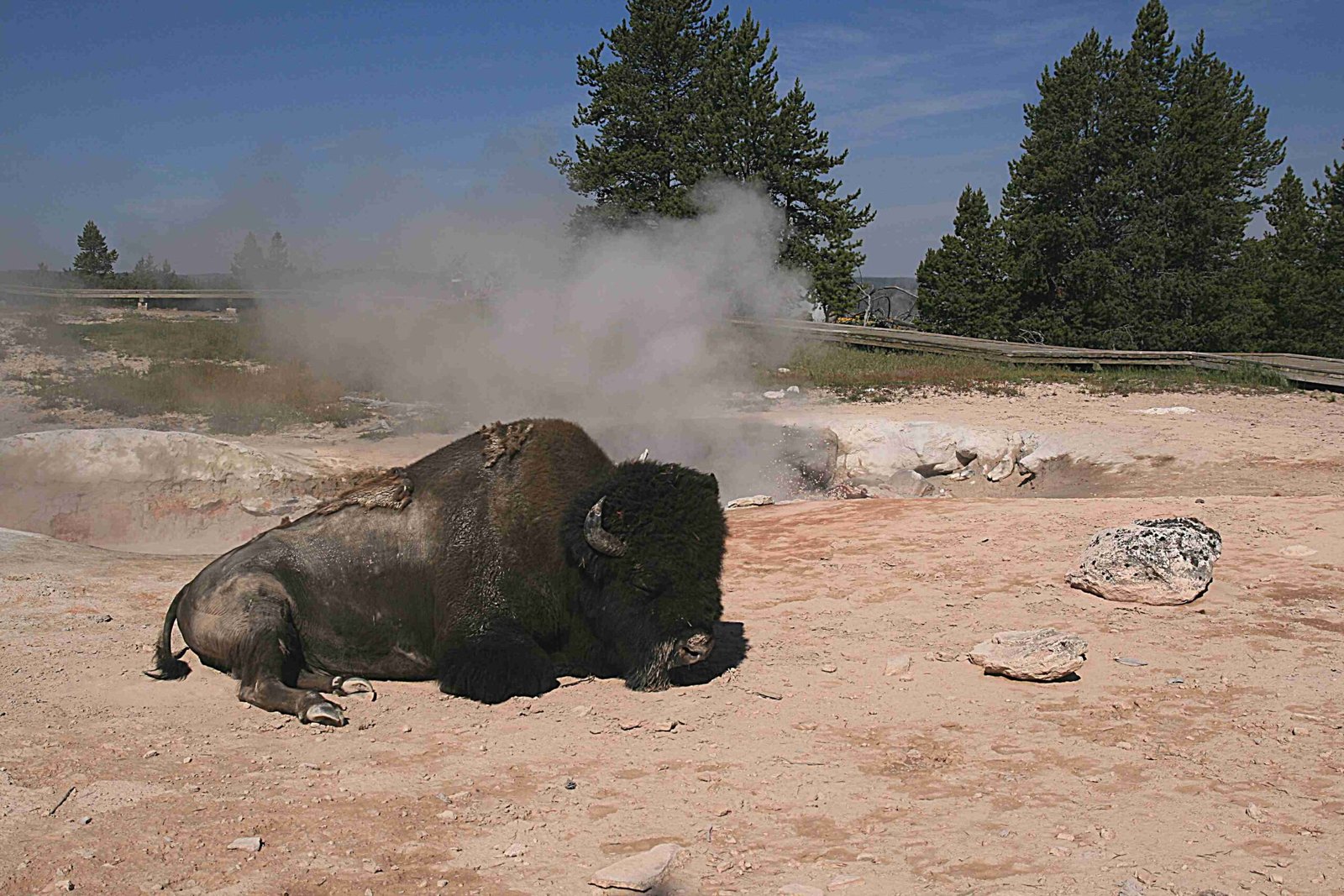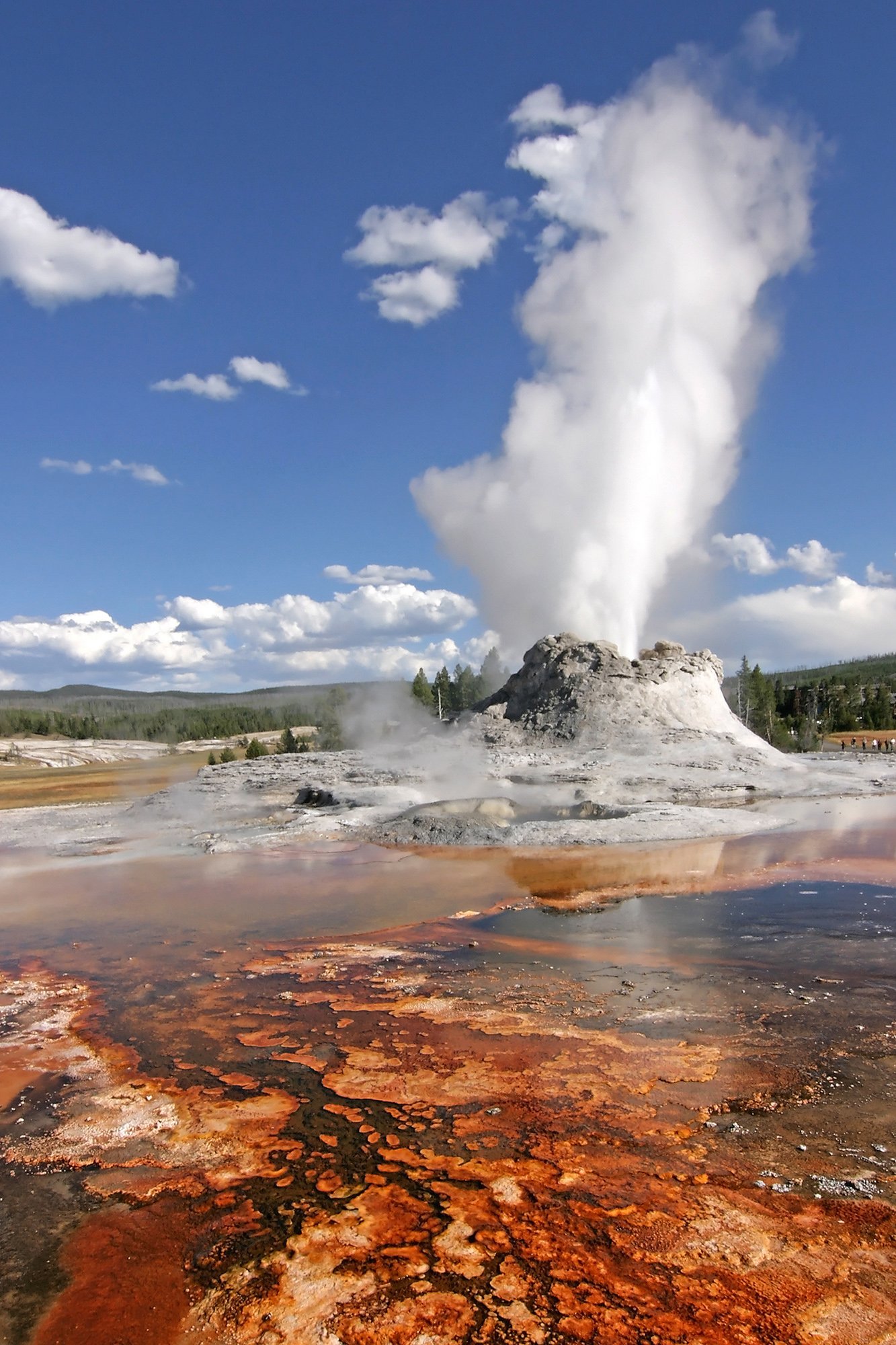Yellowstone National Park land management involves a complex system of policies and practices aimed at preserving the park’s unique ecosystem while accommodating millions of visitors annually. The National Park Service (NPS) oversees this delicate balance, implementing strategies for wildlife conservation, fire management, and ecosystem restoration. These efforts are guided by scientific research and adaptive management techniques to ensure the park’s long-term sustainability.
What Are the Key Land Use Policies in Yellowstone National Park?

Yellowstone National Park operates under a set of land use policies designed to protect its natural and cultural resources. These policies are rooted in federal legislation and NPS guidelines:
- Organic Act of 1916: Establishes the fundamental purpose of national parks to conserve scenery, natural and historic objects, and wildlife.
- NPS Management Policies (2006): Provides comprehensive guidance on park management and decision-making.
- Superintendent’s Compendium: Outlines specific rules and regulations for Yellowstone, including:
- Restrictions on off-trail travel
- Limits on plant and animal collection
- Regulations for motorized vessel use
The park is divided into various management zones:
- Backcountry
- Frontcountry
- Wildlife management areas (e.g., Bear Management Areas)
Each zone has specific regulations to balance conservation with visitor access.
How Does Yellowstone Manage Visitor Access and Resource Allocation?

Yellowstone employs several strategies to manage visitor access while protecting resources:
- Designated Campsites: Camping is restricted to specific areas to minimize environmental impact.
- Food Storage Regulations: Strict guidelines prevent wildlife encounters and protect both animals and visitors.
- Special Use Permits: Required for commercial activities like guided tours and concessions.
- Population Monitoring: The park tracks human population, housing density, and road density in surrounding areas.
- Climate Change Adaptation: Measures are in place to address the impacts of changing weather patterns on resources and visitor experiences.
What Wildlife Management Practices Are Used in Yellowstone?
Yellowstone’s wildlife management approach focuses on maintaining natural ecosystems:
Natural Regulation Theory
- Applied primarily to elk populations
- Allows natural factors (winter severity, forage availability, predation) to control population sizes
Bison Management
- Maintains a wild, migratory population
- Monitors and manages migration routes and human interactions
Monitoring Programs
- Long-term studies on land use and land cover changes
- Tracks wildlife migration patterns and habitat fragmentation
Native Fish Conservation
- Focuses on preserving Yellowstone Lake cutthroat trout
- Restores fluvial trout populations through habitat restoration and invasive species control
How Does Yellowstone Approach Fire Management?
Yellowstone’s fire management strategy balances ecological benefits with safety concerns:
- Prescribed Burns: Controlled fires to maintain ecosystem health and reduce fuel loads
- Wildfire Response Protocols:
- Allow natural fires to burn in low-risk areas
- Aggressively suppress fires threatening people or critical resources
- Historical Context: Recognizes fire as a natural part of the ecosystem
- Goals:
- Maintain natural processes
- Ensure visitor and resource safety
- Reduce fuel loads
- Promote healthier forests
- Preserve fire-dependent ecosystems
What Ecosystem Restoration Efforts Are Underway in Yellowstone?
Yellowstone conducts various restoration projects to maintain and improve its ecosystems:
Native Fish Conservation Program
- Objective: Restore and protect native fish populations
- Methods:
- Habitat restoration
- Population monitoring
- Invasive species control
- Success Metrics: Improved trout population numbers and distribution
Aquatic Invasive Species Control
- Target: Reduce non-native species impact on aquatic ecosystems
- Approach: Ongoing monitoring and removal efforts
- Evaluation: Measured by reduction in invasive species populations
Funding Sources
- Annual operating and project budget
- Infrastructure investments
- Partnerships with other agencies and organizations
These restoration efforts align with Yellowstone’s overarching goal of preserving natural and cultural resources for future generations while providing for visitor enjoyment.

